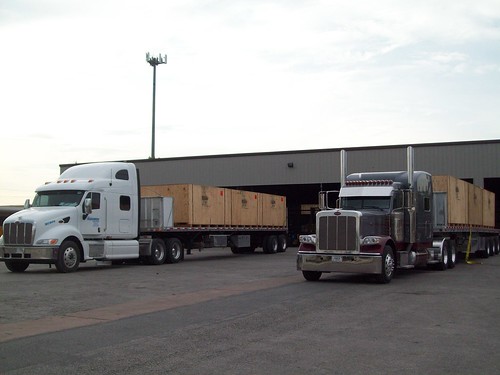A judge has ruled an Oklahoma City truck stop owner must take new measures to deter the world’s oldest profession. On April 7, Judge Bryan Dixon of the District Court of Oklahoma County ruled in favor of city officials against Five Star Truck Stop. City representatives sought relief through the court after more than a year of negotiations with the business failed to resolve the soliciting issue, according to Master Sgt. Gary Knight. The judge ordered the business to fix and maintain fencing to completely separate the Five Star property from adjacent motels.
The property’s video camera capabilities must be improved and the owner has to buy and monitor video equipment that provides continuous parking lot surveillance. The owner must also provide copies of video surveillance data in usable form to police if requested.
The judge also has stipulated the truck stop must:
• Increase lighting.
• Post and maintain no trespassing or soliciting signs in conspicuous locations.
• Hire Council on Law Enforcement, Education and Training certified guards who can take prostitutes into custody and who are armed during certain hours.

















